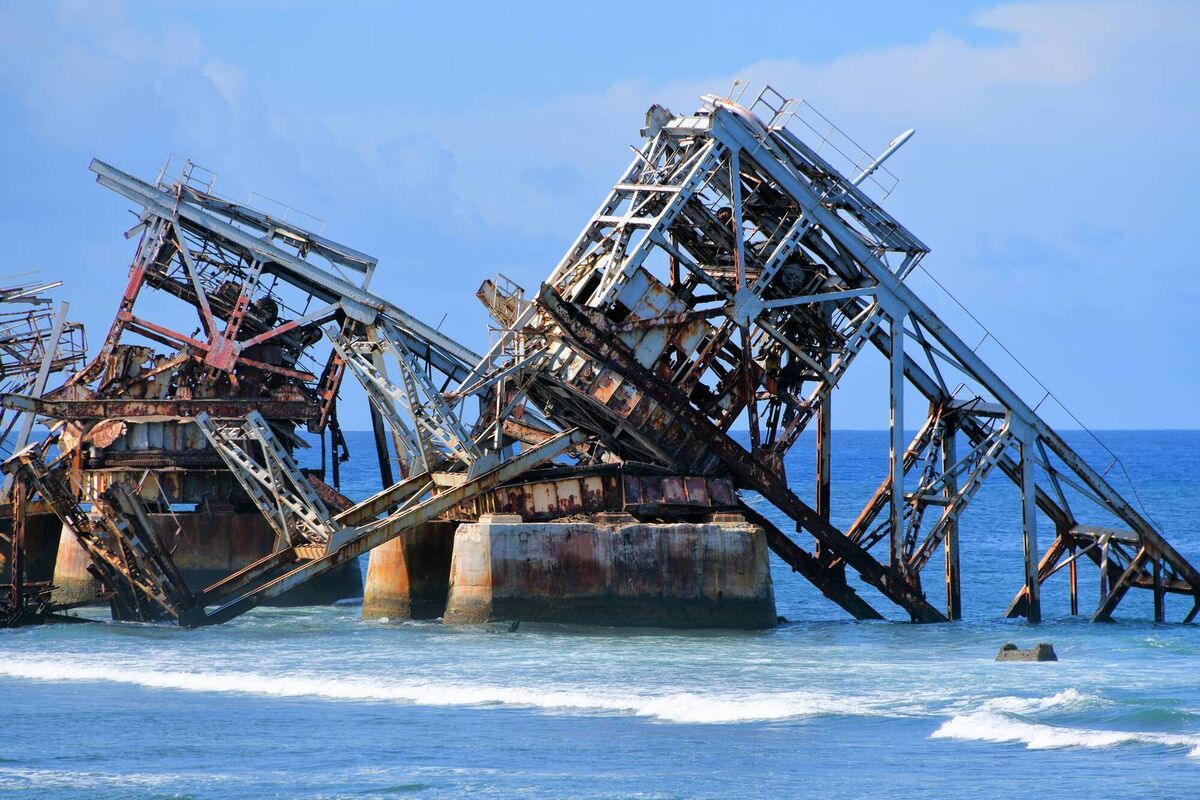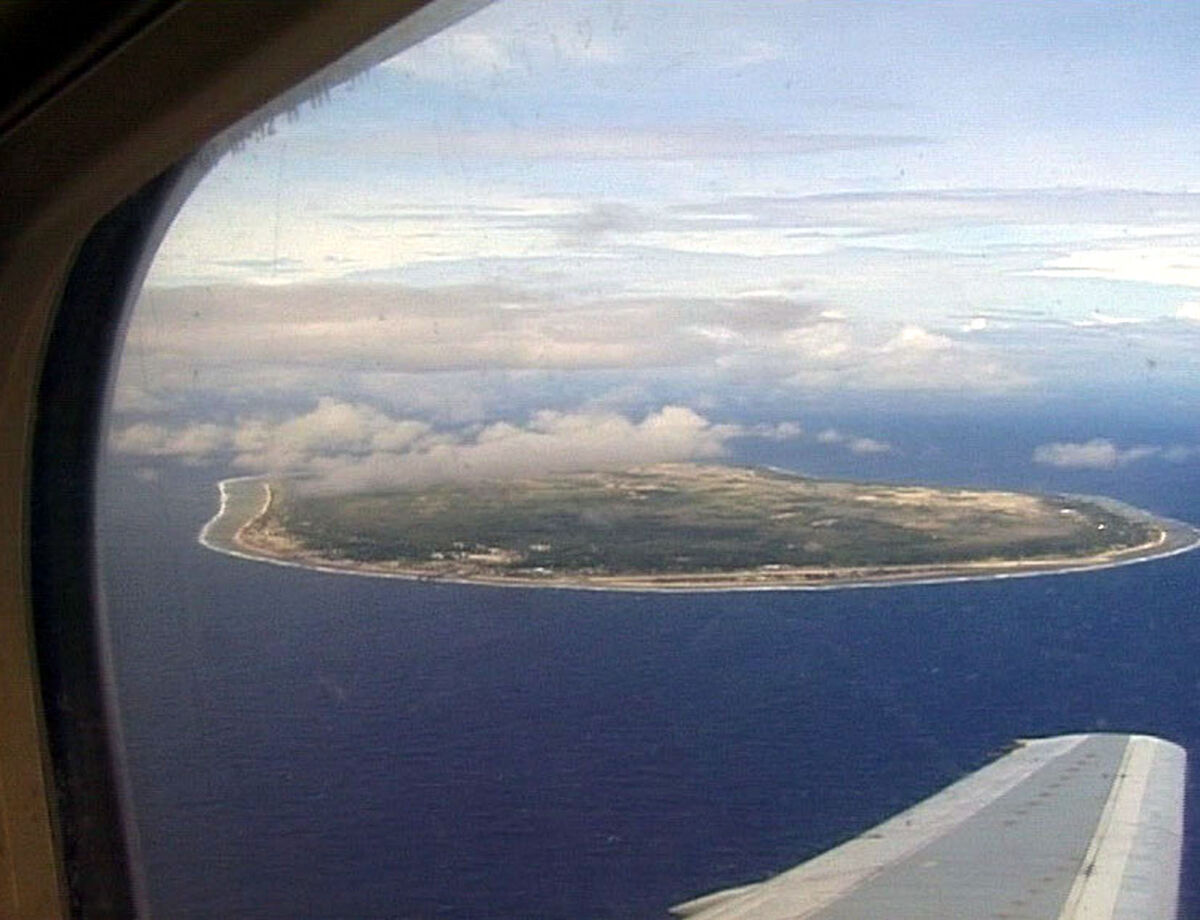Phosphate: the world’s most under-appreciated resource

According to the latest EPA reports, levels of phosphorus are too high in 27% of rivers, and 32% of lakes. Legacy phosphorus stored in soils continues to leak into waterways. More P fertiliser is still applied to Irish soils each year, despite many fields already holding surplus phosphorus from decades of application
Few people think about phosphate, yet it underpins everything we eat. Without it, crops wouldn’t grow, grass wouldn’t thrive, and food production would grind to a halt. Phosphate is the invisible ingredient behind global food security, and one that’s in short supply, both literally and geopolitically.
Phosphorus, the 'P' in N–P–K fertiliser labels, is an essential nutrient for all life. It forms part of DNA, bones, and cell membranes. Plants need it to grow roots and fruits, and animals need it for bones and energy.
But phosphorus doesn’t just appear out of thin air; it’s mined, shipped, and spread over the land in fertiliser.
Today, around 90% of mined phosphate is used for food production. The rest goes into animal feed supplements, food additives, detergents, and industrial chemicals.
Most phosphate comes from phosphate rock, a sedimentary deposit formed from the remains of ancient marine organisms that settled on sea floors 10-100 million years ago. These deposits are mined on a vast scale in Morocco, China, Jordan, Saudi Arabia, and the United States.
According to the USGS 2025 Mineral Commodity Summaries, Morocco controls ~50 billion metric tonnes, which is around 70 % of the world’s known economic reserves.
Before industrial mining, farmers relied on guano, which is the accumulated excrement of seabirds and bats. Guano is naturally rich in nitrogen and phosphate. In the 19th century it sparked the Guano Age. A frenzy of island scraping guano from Peru to the Pacific. The United States passed the Guano Islands Act (1856), allowing citizens to claim around 94 uninhabited guano-covered islands in the name of national agricultural progress.
Nowhere illustrates phosphate’s strange history better than Nauru, a Pacific microstate just 21 km² in size. Nauru’s phosphate formed not from seabed sediments but from millennia of bird and bat droppings that accumulated on uplifted coral limestone. Tropical rains leached and mineralised the guano into a hard phosphorite rock, literally fossilised bird poop.
Mining began in 1907 under German, then British/Australian control. The phosphate was so pure and close to the surface that by the 1970s Nauru’s GDP per capita rivalled oil-rich nations (second only to Saudi Arabia).

But the wealth was short-lived. By the 1990s, the phosphate was almost gone, 80% of the island’s surface had been stripped bare, and mismanaged investments left Nauru bankrupt.
Today, the country’s interior is a jagged wasteland of coral pinnacles. Today Nauru is a cautionary monument to boom-and-bust resource extraction with environmental ruin, dust-related health issues, and economic dependence on Australian offshore detention contracts.
Ireland, like most of Europe, has no significant phosphate rock reserves. Every kilogram of phosphorus used on Irish farms is imported, primarily as processed fertiliser derived from mined rock abroad. Much of Europe’s phosphate ultimately comes from North Africa, with Morocco supplying around 70 % of EU imports. That dependence makes Ireland (and the EU) strategically vulnerable.
Phosphate rock is listed as a 'Critical Raw Material' by the European Commission (2023 update) due to high economic importance, high supply risk, and low substitutability (no viable alternatives at scale). Price shocks prove the point. After Russia’s 2022 invasion of Ukraine, global fertiliser prices rose almost 200%.
Phosphate’s environmental impact is a double-edged sword. At one end of the supply chain are the mines, which can leave behind massive open pits, with heavy metal waste, and radioactive waste (phosphogypsum) contamination.

The scars left on Nauru and neighbouring Banaba are among the starkest examples, but similar damage has been reported in Morocco, Florida, and China.
At the other end lies the problem of too much phosphate.
In Ireland, phosphorus losses from agricultural land are a major cause of eutrophication, fuelling algal blooms and oxygen depletion in lakes and rivers.
According to the latest EPA reports, levels of phosphorus are too high in 27% of rivers, and 32% of lakes. Legacy phosphorus stored in soils continues to leak into waterways. More P fertiliser is still applied to Irish soils each year, despite many fields already holding surplus phosphorus from decades of application.
Ironically, while Ireland faces phosphorus pollution, it simultaneously depends on imported phosphorus. We’re effectively mining other countries’ landscapes to enrich our own and then letting that enrichment flow downstream.
The story of phosphate is both absurd and sobering. Bird droppings that built empires, rocks that grow our food, landscapes sacrificed to feed a hungry world.
Phosphate is non-renewable. Every tonne mined today took millions of years to form. Global reserves are projected to last 300–400 years at current rates, but demand is projected to peak in the 2030s. As global reserves decline and environmental pressures rise, countries like Ireland, which are heavily dependent on imports, must rethink how phosphorus flows through our systems.
Instead of relying entirely on mined rock, we can recover phosphorus from waste streams, such as animal manure, food waste, and sewage sludge. We can also adopt precision agricultural practices, where we only apply P where needed.
If we treat phosphorus like the finite resource, we can feed the world without repeating Nauru’s mistake. If we don’t, the green fields we prize so much could be built, quite literally, on borrowed ground.








